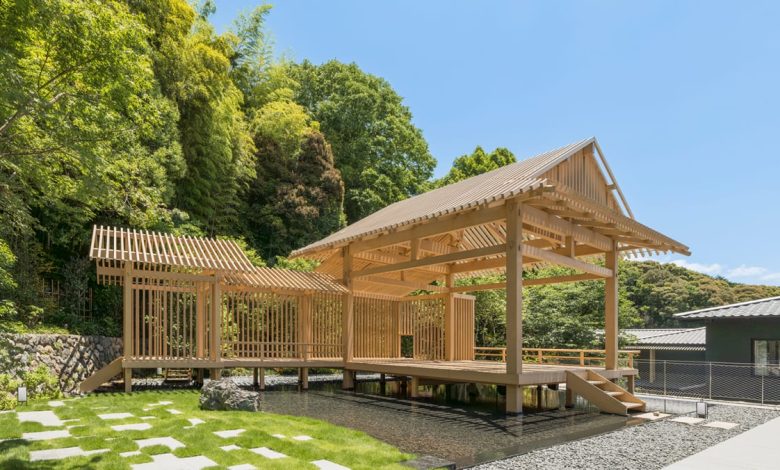Inside Banyan Tree Higashiyama Kyoto, the brand’s first hotel in Japan

Like many of its properties, which are designed to evoke a sense of place by embracing the local culture and environment, Banyan Tree Higashiyama reflects this ethos. A meticulous development process was harnessed to showcase the brand’s design philosophy which is rooted in cultural sensitivity, sustainability and a deep connection to nature, said Kusumadi. For instance, natural elements that anchor the site, like the bamboo forest and old sakura trees growing on the grounds were carefully maintained.
Star architect Kengo Kuma, known for his sensitive approach to harmonising with the natural environment is no doubt a natural fit for bringing the hotel to life. “In Japan, there is a deep-rooted tradition of seeking retreat in nature, known as In-sei which emphasises withdrawing from the bustle of daily life to find peace and spiritual renewal. Higashiyama, with its serene landscape and rich history, embodies this tradition perfectly,” said Kuma, citing how aristocrats from the late Kamakura period (1185-1333) would build villas here to immerse themselves in music, poetry and reflection.
“Our vision for Banyan Tree Kyoto was to honour this legacy by creating a space where guests can experience the tranquillity and spiritual fulfilment that has defined Higashiyama for centuries.”
Inspired by the ethereal beauty of Noh theatrical art and the concept of “yūgen” (mysterious, quiet beauty), the hotel’s architecture draws on traditional Japanese building techniques to evoke the destination’s timeless cultural essence.
At the heart of the hotel is a one-of-a-kind Noh performance stage which symbolically bridges the spiritual and physical worlds, particularly apt as the locale is believed to have a mystical significance as well.
This theatrical style of performance, designated an intangible cultural heritage by UNESCO, features performers wearing intricately hand-carved wooden face masks and is regarded as one of the world’s oldest-surviving art forms.

